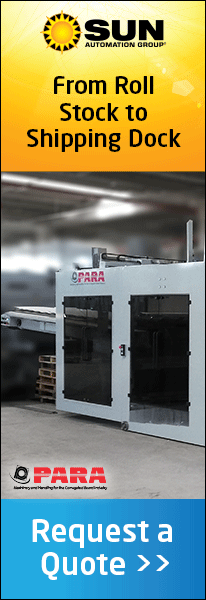The paper and board manufacturing industry, as well as converting sectors including the tissue industry, have published a completely rewritten voluntary ‘Food Contact Guidelines for the Compliance of Paper and Board Materials and Articles’. Formally called ‘Industry Guideline’, the revised guidelines are intended to enhance the trust of public authorities, business operators and consumers in the safety of paper and board materials for food contact applications.
This technical document, first published in 2010 and updated in 2012, outlines how to meet the highest safety standards for paper and board products used in food contact applications. The processing chain for paper and board food contact articles is diverse – it has to deal with many challenges in demonstrating the safety of materials:
“Our sectors’ key priority is to safeguard, at all times, the safety both of the packaging system and food that we deliver. With the Food Contact Guidelines, we wish to provide an effective compliance tool in line with the EU Framework Regulation on Food Contact Materials by ensuring an efficient exchange of information along the supply chain” explained Jori Ringman, Deputy Director General at CEPI and expert in product safety. The guidelines take into account the increasing need for a compliance monitoring tool that covers risk management, product design, material selection, Good Manufacturing Practice as well as process monitoring and control.
In the absence of specific EU legislation covering paper and board products in the field of food safety, the industry took the initiative to fill the gap by developing this guidance which serves both industry and consumers, also from an environmental point of view. “The lack of a specific EU wide measure for paper and board, including tissue, has created a disadvantage in the market because compliance for these materials is perceived to be less clear than for plastics in contact with food. Whenever the European Commission decides to choose paper and board as its next priority for regulation, the guidelines could be used as a starting point,” concluded Angelika Christ, Secretary General of FEFCO.
From a practical point of view, the guidelines help producers fulfil obligations deriving from EU legislation and support suppliers to adequately perform their own compliance work by giving them the required and necessary information. Since their launch in 2010, the guidelines have gained much support among users and well proved their value. The paper and board industry will continue to focus on ensuring compliance with existing EU provisions and supporting the demand of the market and customers for unquestionable product safety.



